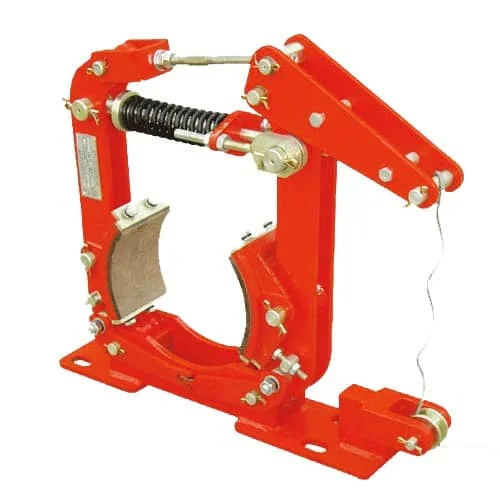Electromagnetic describes a method of brake actuation that utilizes a magnetic field, generated by passing an electrical current through a coil, to control the mechanical braking force. This principle is applied in two distinct configurations:
- Spring-Applied (Fail-Safe) Brakes: This is the most prevalent and safety-critical application. In this design, powerful mechanical springs provide the default braking force. The electromagnetic coil’s function is to release the brake. When the coil is energized, it creates a strong magnetic field that overcomes the spring force, pulling an armature away from the friction disc and allowing the shaft to turn. If electrical power is cut—either intentionally or due to a power failure—the magnetic field collapses, and the springs instantly engage the brake. This fail-safe principle is the standard for holding applications on cranes, elevators, and robotics.
- Power-Applied (Direct-Acting) Brakes: In this configuration, the brake is disengaged by default. Applying an electrical current to the coil generates a magnetic field that pulls the armature and friction disc together, thereby applying the braking torque. When the power is removed, the magnetic field dissipates, and the brake is released. These brakes are used for dynamic stopping, cycling, or tensioning applications where a fail-safe holding capability against gravity or a critical load is not a requirement.
In summary, electromagnetic actuation offers extremely fast response times and direct, simple control via electrical signals, making it ideal for integration with modern PLC and VFD-based machine control systems.
